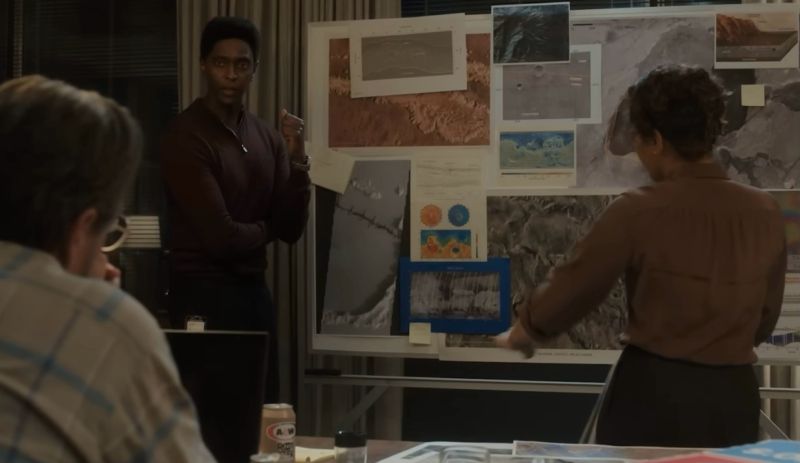
UC2 Community Board
This group and forum is for everyone to communicate with each other and build a community around... View more
"These are engineering problems…."
-
"These are engineering problems…."
I posted a quote from an Apple TV Series that my son and my brother have me hooked on over on LinkedIn last week:
“These are engineering problems, my friends, and we are engineers. Shall we begin?” Dev Ayesa, For All Mankind S3 E8
This got me thinking back over my career and some unique solutions I had been a part of. Thought it might be an interesting topic to put out there to the group. What is an example of a challenging situation that you have “engineered” a solution to?
I’ll go first with an example from when I was a Coop working at an oil refinery in Paulsboro, NJ. The plant included at the time a “Monofloc Cluster Clarafoculator” (sp?). Basically it was a large circular tank (think industrial sized above ground swimming pool) with a series of baffles installed to help settle out particles from the plants boiler feed water (baffles increase “detention time” in settling system). Once the water passed through the baffles it was directed to a sand filter for a final cleaning. They measured performance of the system by how often they had to “backwash” the sand filters. Over time they had noticed that they were having to backwash the system more and more often.
The engineer I was working with was tasked with replacing the baffles as the folks running the system were convinced that the problem was that the baffles had rusted away and that the water was “short circuiting” the system. Remember my reference to an above ground swimming pool? Well now picture that swimming pool in the back yard of a row house in an inner city neighborhood with fenced in back yards, overhead utilities and mature trees – that’s about what this installation looked like with this unit tucked between process units, control buildings, pipe racks and other structures. I obtained quotes for new baffles, worked with a crane company to size a crane that could sit in the road out front, fly the old baffle assembly out and then fly the new baffle assembly in. Note that all of this had to be completed as quickly as possible as the system had never been taken out of service for an extended period of time and no one wanted to take the risk of running out of boiler makeup water.
Somewhere along the line I asked my mentor if we could take the system off line to perform an inspection. Some how we convinced the operations team to do just that. On the day of the test we shut down the water feed, dropped in a pump and started to dewater the tank, expecting to find deteriorated baffles. It didn’t take long to figure out that this was not the case. The true problem emerged as the water level dropped. The baffles were completely intact! What we found was that the majority of the tank was completely filled with sludge! The sludge took up so much room that the water that was being forced through the system faster than designed – the particulates (floc) didn’t have time (or room) to settle so they were getting carried out into the sand filters, clogging them leading to the more frequent backwashing. We ended up getting a fire hose and using it to break up and pump out as much of the sludge as we could while we had the system off line for the short window that we did. Some time later, with a new plan and a bunch of pumps, we took the system back off line and cleaned the tank completely. Amazingly enough system performance was back to normal – without incurring the cost of new baffle fabrication or the mobilization of a huge crane.
At the end of the Coop season we had to make presentations about our experience at the refinery to the management team. Mine was entitled “Troubleshooting a Monofloc Cluster, or how to solve a $250,000 problem for $10,000”. I still have the overhead projector transparencies tucked away somewhere…
So, who’s next? Who has solved an “engineering problem”?
Shall we begin?
linkedin.com
My son and my brother Jeffrey Cutler got me hooked on an Apple TV series over Christmas. If you haven’t seen it already, I highly recommend “For All…
Log in to reply.


